From American painters in Paris to Italian artists in London and photographers in the Netherlands, these are the global exhibitions to visit this January.
Refresh your mind with a new year cultural cleanse and discover new photographers such as Saul Letier or Carlijn Jacobs, or perhaps a new painting by Mark Rothko in Paris. These exhibitions set 2024 up to be one of considered, introspective, retrospective, and above all, revolutionary art.
Renaissance theatrics, Bacchanalian passion, and Greek melancholy unite in Sheila Metzner’s photographs, while living human subjects collide with statues, and still life images maintain a drama. The fashion photographer affords an impressive portfolio of fashion and advertising shoots for the likes of Valentino, Fendi and Elizabeth Arden, as well as still life and dismal landscape shots, each displaying a considered framing and geometric composition. The idiosyncratic touch of pigment printing, where prints are made from a digital file directly to paper to give a grained effect, defines Metzner’s collection. Housed for a few months at the Getty Museum in Los Angeles amongst a billion-dollar collection of art from ancient to contemporary, the exhibition examines the consistently composed imagery of Metzner’s decorative art subject matter, both intimate and commercial.
The intersection of fashion and technology grows every fashion week, from AI Pins to spray on dresses and colour changing garments. However, the conversation between the two is one that Iris van Herpen kickstarted when she founded her eponymous fashion label in 2007. 3D printing, plastic frames and natural science relics all play a considerable role not only in the esteemed designer’s inspirations but also in the fabrics of the garments themselves. From the first 3D printed dress for the Crystlization collection to eco-materials such as cocoa beans, and the infamous Skeleton dress inspired by Japanese artist Heishiro Ishino that shifted fashion’s silhouette. Through over 100 of these haute couture pieces, this detailed Paris exhibition of the Dutch designer plays close attention to form but also wearability, and how the body helps translate fashion across space. The Paris exhibition is artistically structured around nine themes relating to Iris van Herpen’s inspirations and collections including Water And Dreams, Skeletal Embodiment and Cosmic Bloom. Each theme offers new designs, as well as new ways of seeing the clothes themselves. The exhibition ends in the bodiless ‘cosmos’ where clothes float suspended in the air to juxtapose rooms full of video footage from the catwalks or the remodelled atelier containing material samples, accessories and jars of natural science specimens. A delight on the senses in every way; physically, intellectually and artistically.
A retrospective exhibition painting the colourful career of Latvian-born American abstract artist, Mark Rothko, has arrived at the prestigious Fondation Louis Vuitton in the green, wooded outskirts of Paris. Metaphysic, figurative and introspective, the chronological curation of Rothko’s work flirts with each of the pivotal art moments and styles dominating the industry throughout his career. Starting with intimate sketches of New York city life in the 1930s, the paintings turn to surrealist and mythological influence to convey the tragedy and human barbarism during the War of the 1940s before the 1950s arrive, shifting Rothko’s work to the abstraction expressionism of rectangular shapes and bright colour palettes for which he is most recognised. As well as the progression of Rothko’s art and the dialogues between his earlier pieces and later works, the exhibition also examines his own conversations with fame as his art toured galleries and famous institutions across New York, London, Basel, Amsterdam, Brussels, Rome, and Paris. Against lucrative commissions, Rothko instead donated his work to galleries across the world including London’s Tate Modern and Harvard’s Rothko Chapel. Within the 115 pieces displayed in this exhibition, nine are exceptionally loaned from the artist’s dedicated room at the Tate.
Peculiarity is privileged over perfection in the photos by internationally-acclaimed fashion photographer, Carlijn Jacobs. Despite her global success, appearing in magazines including Vogue, Dazed, Pop, and AnOther Magazine, Foam presents the first dedicated exhibition of the Dutch photographer’s work. Through the show, costume is faced with disguise, the carnival conflicts with conventional mass culture while beauty and fashion re-configure themselves over and over again. Aptly titled Sleeping Beauty (also the theme for this year’s Met Gala) the boundless realms of the imagination and subconscious, where dreams merge with nightmare, is celebrated. From pop art plays with lips to glasses distorting subject’s faces, each of Jacobs’ images depicts a colourful fantasy world that you could gaze at for hours and it would still feel new.
What does it mean to be American? This is a question Russell Young repeatedly asks in his close inspections of his subjects as well as the artists he sources his work’s inspiration from. Uniquely, Russell Young made a name for himself in the artist sphere by carefully selecting celebrated photographs before altering and colouring them, hand-pulling them over canvas and painting them with pigments he gathered from all over the world to create large silkscreen paintings. Dreamland explores Young’s progression from an artist concerned with what lies at the essence of American identity to the social construct of celebrities – who they are and what they mean through the lens of cultural phenomenon. Desire, seduction and obsessions with beauty and – above all – fame define the photographs Young selects to edit. Transforming black and white photos to sepia toned prints with dulled-neon glows, his work has an almost eerie finish to it, and allows the celebrity portraits to be imagined in a new light in terms of autonomy and ownership in modern America.
From being painted to doing the painting, to being looked at to doing the looking, Estorick Collection’s latest exhibition examines the career progression of artist’s muse and later a painter, Pasquarosa. A century after Pasquarosa became one of the first Italian artists to have a solo exhibition in London, the painter’s work returns to the city in a display of around 50 paintings sourced from private archives in Rome. Modelling for successful contemporary painter Natale (Nino) Bertoletti (who she later married) in the early 1900s, Pasquarosa observed what it meant to paint with a keen eye for emotion and colour. Strong streams of Fauvism reverberate through each of her paintings through the vibrant colours, unmasked brushstrokes, abstract shadowing and the almost 2D still life subjects. Surrounded by artistic milieu, she continued to expand her experience in Secessionist exhibitions, sourcing inspiration from her travels, including the orchre tones of Turin and Madrid, now duly celebrated in this London show.
Quiet moments of rain-soaked urban life; where blurred focus points obscure faces, to intimate black and white portraits of subjects who gaze straight into his lens, Saul Letier was a master at capturing snapshots of everyday human existence. Celebrating 100 years since the artist’s birth, Howard Greenberg Gallery exhibits over 40 photographs, paintings, and painted photographs from across Letier’s career, many of which (despite the locations they depict) have never been shown in the US. From experimenting with the blurry effects of water colours to progressing his explorations to colour photography in the 1940s – becoming one of the very first to do so – Letier’s complex and expansive body of work paints a sort of modernised, impressionist snapshot of fleeting moments of life. The exhibition coincides with, and helps bring to life, the book, Saul Letier: The Centennial Retrospective published by Thames & Hudson in November 2023 to commemorate much of his unseen work.
LGBT subcultures and the social issues concerning the communities characterise Nam Goldin’s private yet well-loved photographs. Making visible the complexities of being human, especially for those on the fringes, her candid portraiture tackles taboo subjects head on during the frivolous New York City of the 60s and 70s. There is a tenderness in her photographs as humans are allowed to simply be, but a vulnerability too in a lot of her subjects. This Will Not End Well is a vivacious and contemplative exhibition, comprised of several series, each of which form a chapter of visual storytelling. These include sexual ecstasies and dependencies, homages to trans friends, trauma, children and innocence, as well as addiction, highs, and withdrawal.
As male creative directors are back in fashion – dominating the industry’s leading brands from Gucci to Saint Laurent and Alexander McQueen – Women Dressing Women couldn’t have come at a better time. Journeying from the heart of the twentieth century up until the present, the exhibition delves into the women behind the fashions exhibited in the permanent collection at The Met’s The Costume Institute. The collection consists of approximately 80 pieces designed and styled by 70 women from leading fashion houses, including founder of Comme des Garçons, Japanese designer Rei Kawakubo; Gabriela Hearst; Anne Lowe; Miuccia Prada; and Vivienne Westwood. Through the progression of each designer’s career and the designs selected for the exhibition, four key social themes – traceable in each of the designers’ career trajectories and specific designs – thread the exhibition; those of anonymity, visibility, agency, and absence or omission. The exhibition examines how and why these designers fight to break through barriers, both social and within the industry, to become creative shepherds for creatives and fashion houses today. The exhibition is accompanied by a wider programme of museum events including talks held in the galleries and Dressing/Re-dressing a Studio Workshop. Outside The Met, independent movie theatre Metrograph will also present a film series Women Dressing Women: From Runway to Screen featuring actresses who have been dressed for the screen by these leading women fashion designers.
In the lofts of Bohemian Soho, New York, before it became one of the city’s most covetable neighbourhoods; when it was the haunt of painters and poets and when artists filled the squalid loft rooms with their abstract relics and the smell of smoke, American photographer Robert Mapplethorpe discovered his talent for black and white portraiture. Starting work as a staff photographer for Andy Warhol’s Interview magazine, he later produced work for the Metropolitan Museum of Art, Stedelijk Museum, the Institute of Contemporary Art, and the National Portrait Gallery. Subject Object Image at Alison Jacques gallery exhibits an array of Mapplethorpe’s provocative – whether sexually, politically or subversively – photographs. The refinement of his later work – which although shot in film display an uncanny sharpness, like digital snapshots – is exhibited here, each as full of character and wit as the next.
Lead image: Fragrance. Art Deco, 1984, Sheila Metzner (American, born 1939), Pigment print, Getty Museum. Gift of Sheila Metzner © Sheila Metzner, 2023.41.2
We may earn a commission if you buy something from any affiliate links on our site.

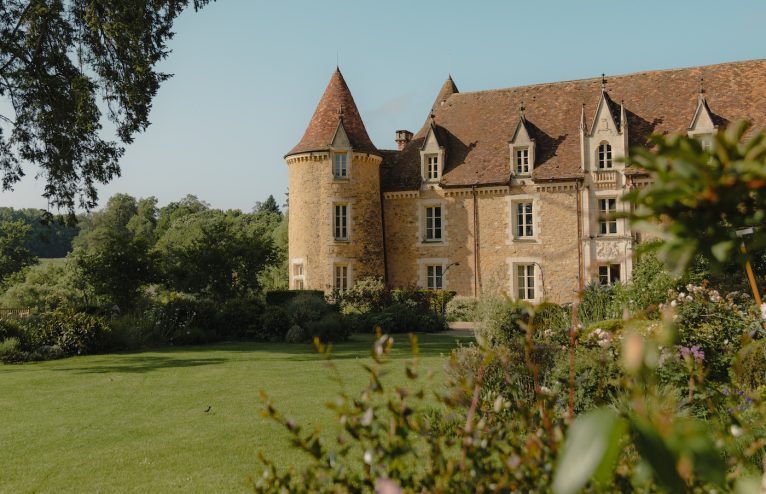


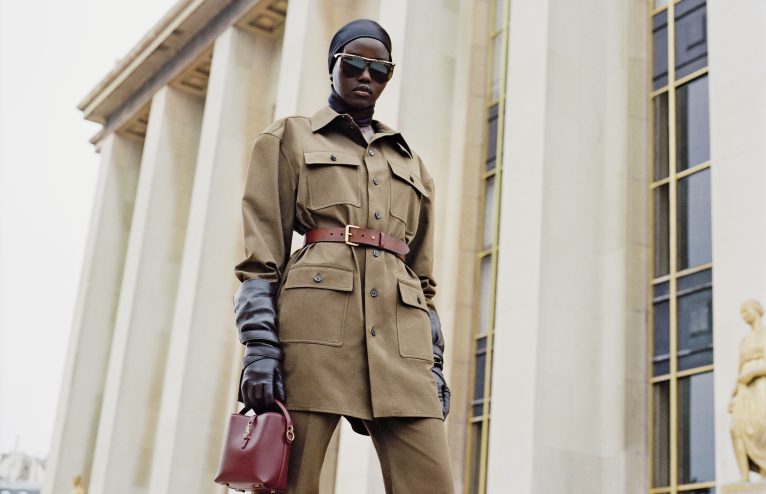
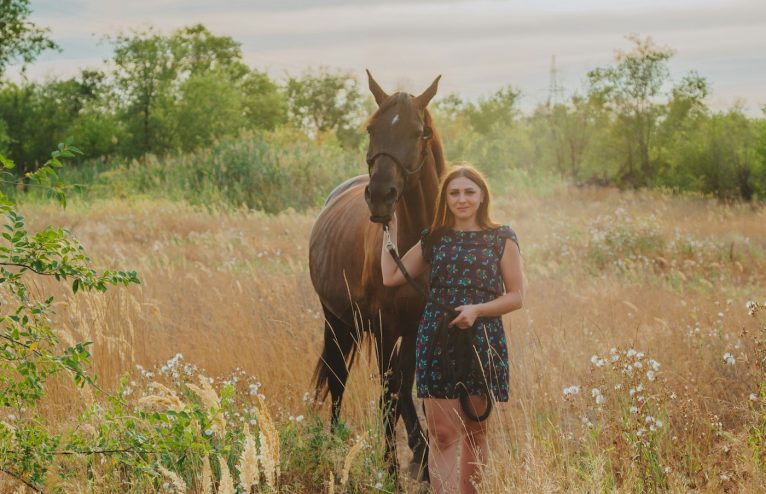
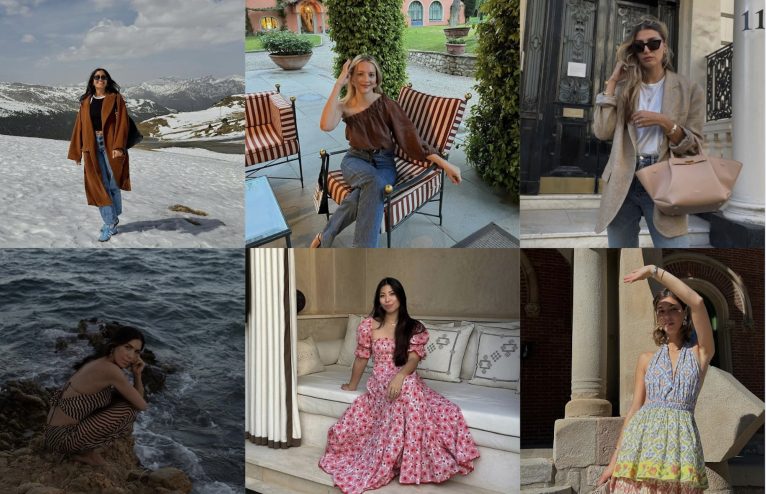
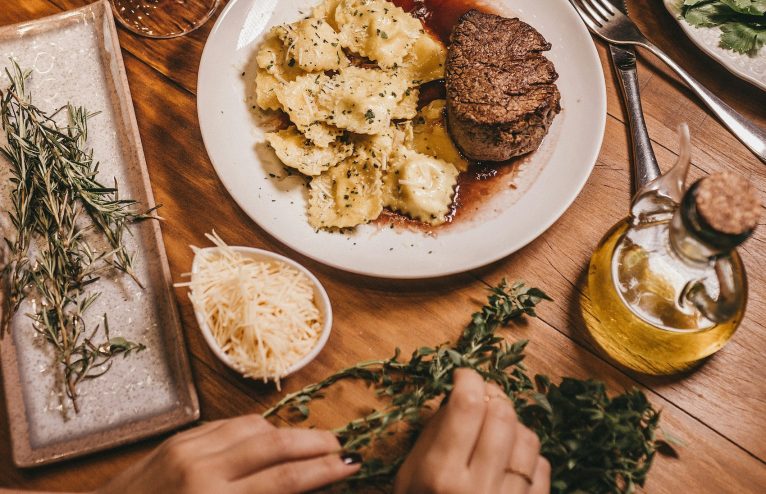
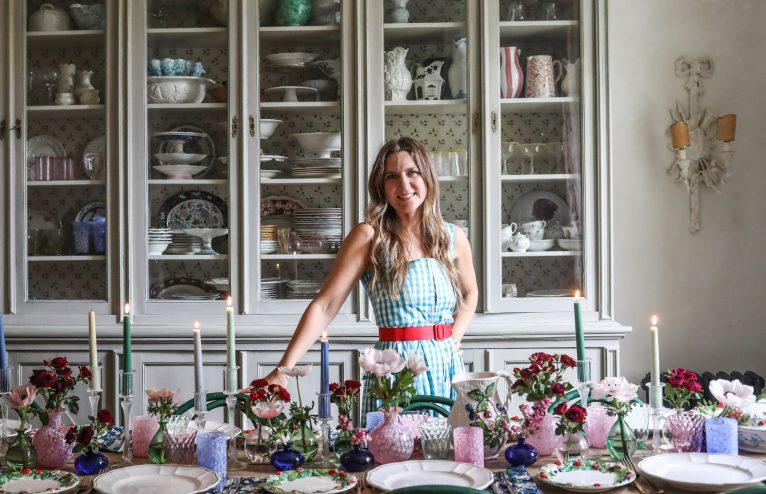
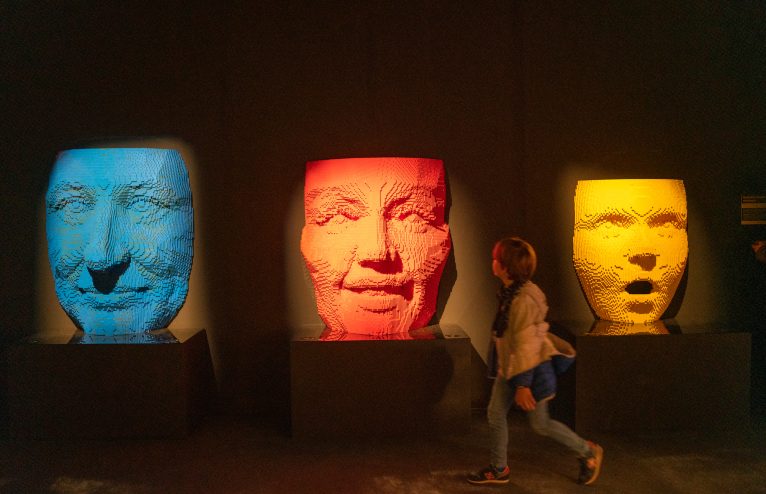





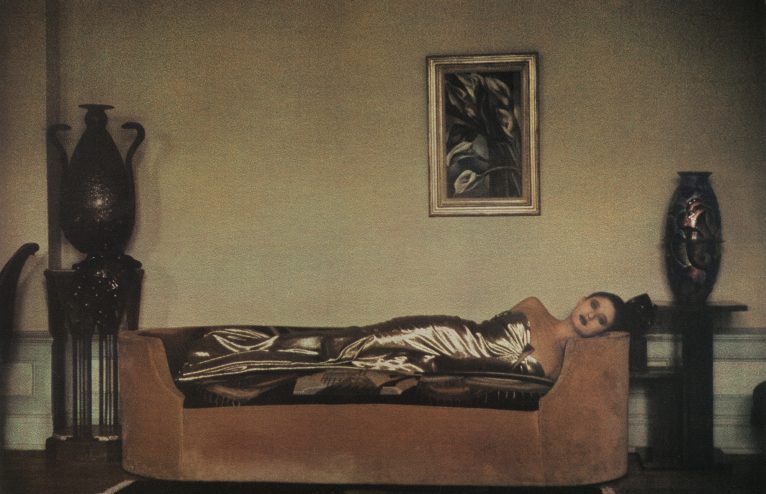
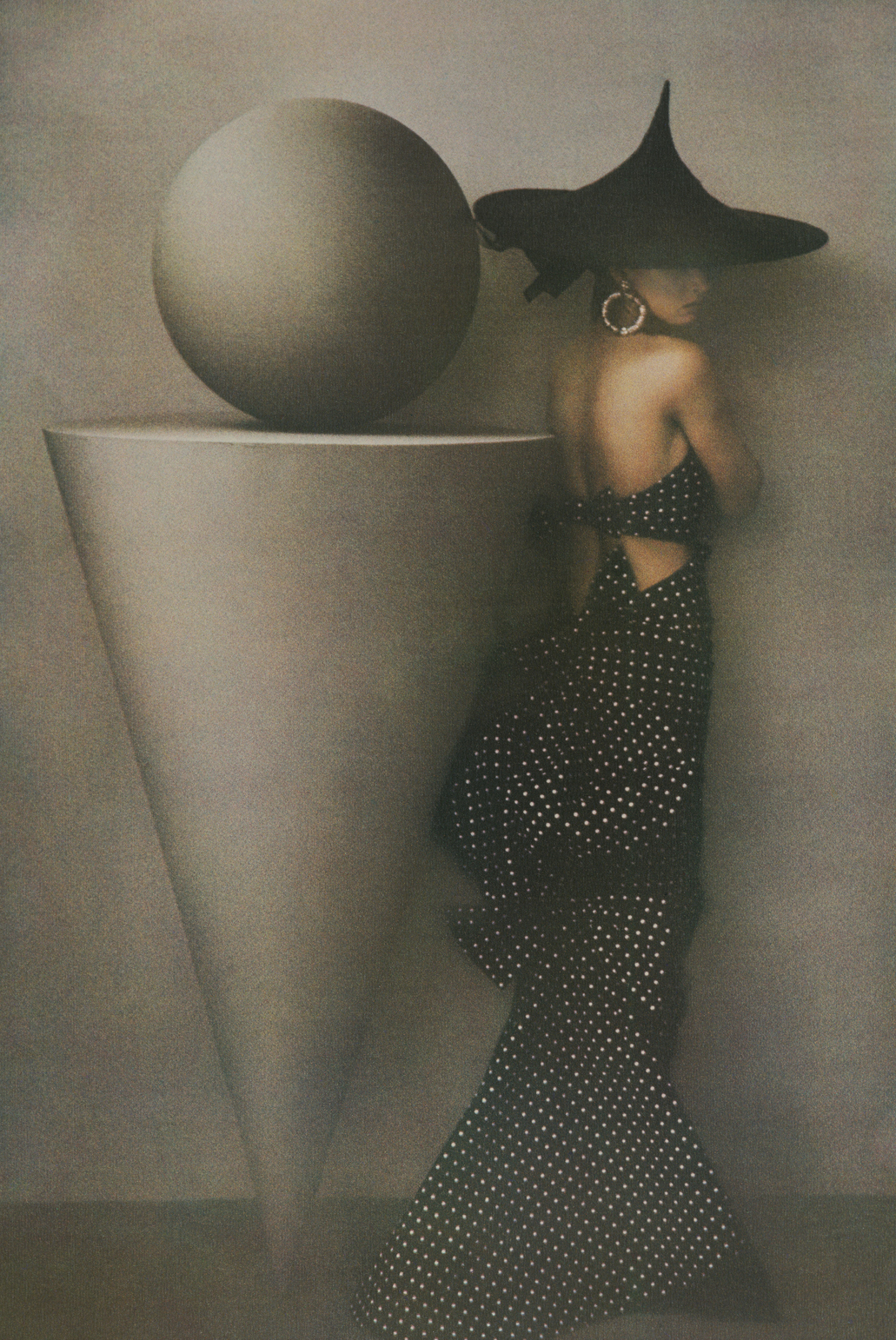
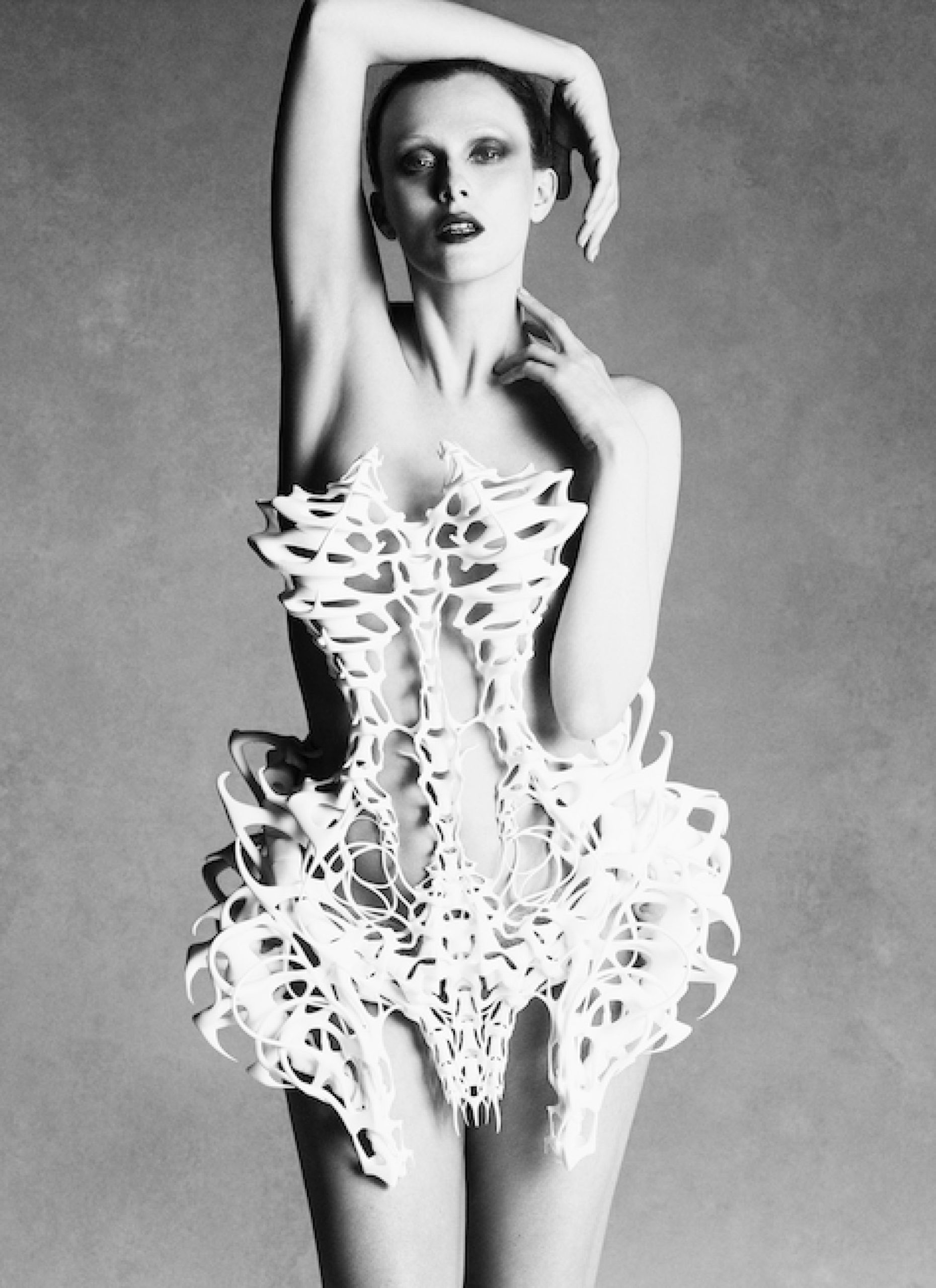
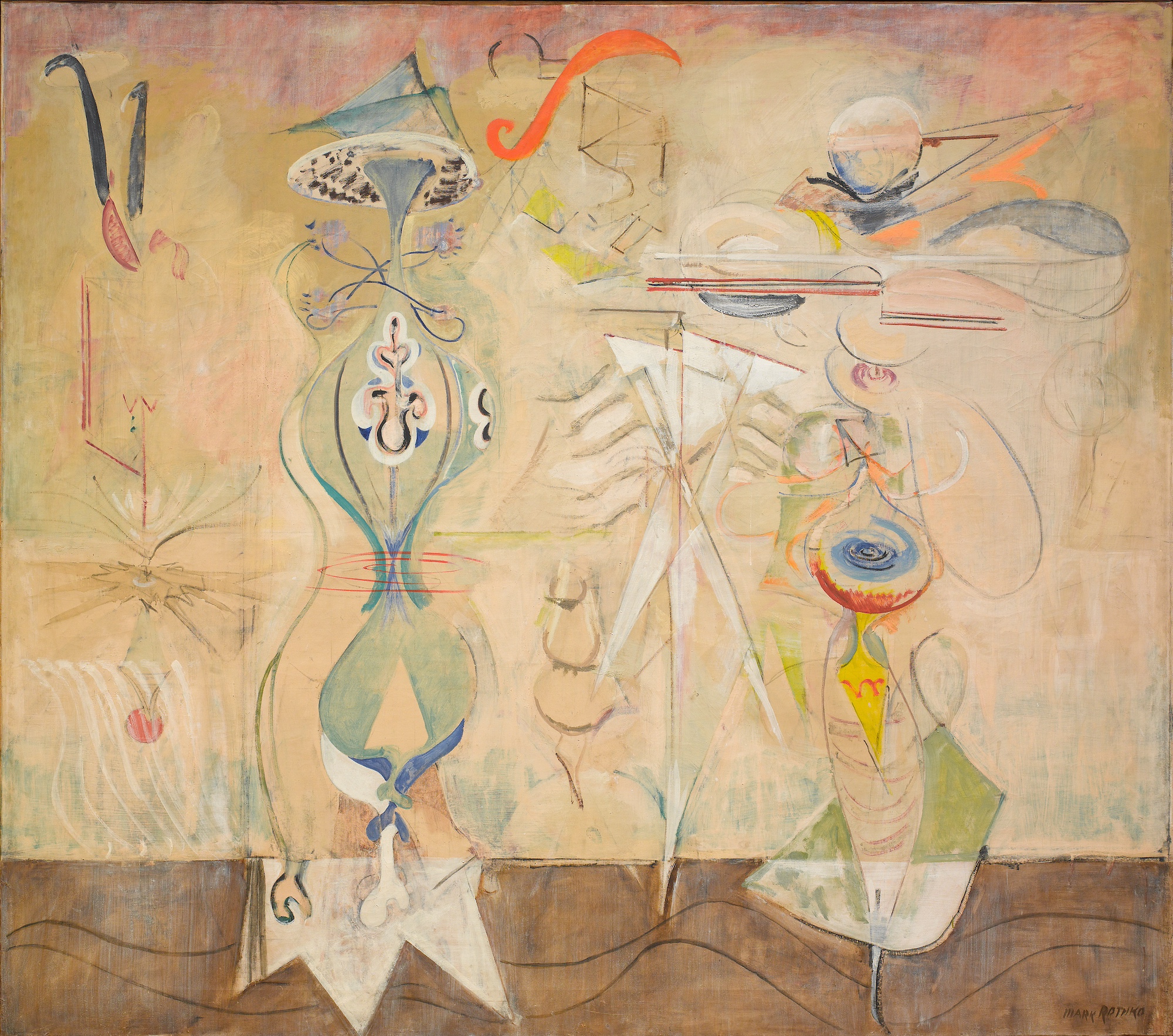
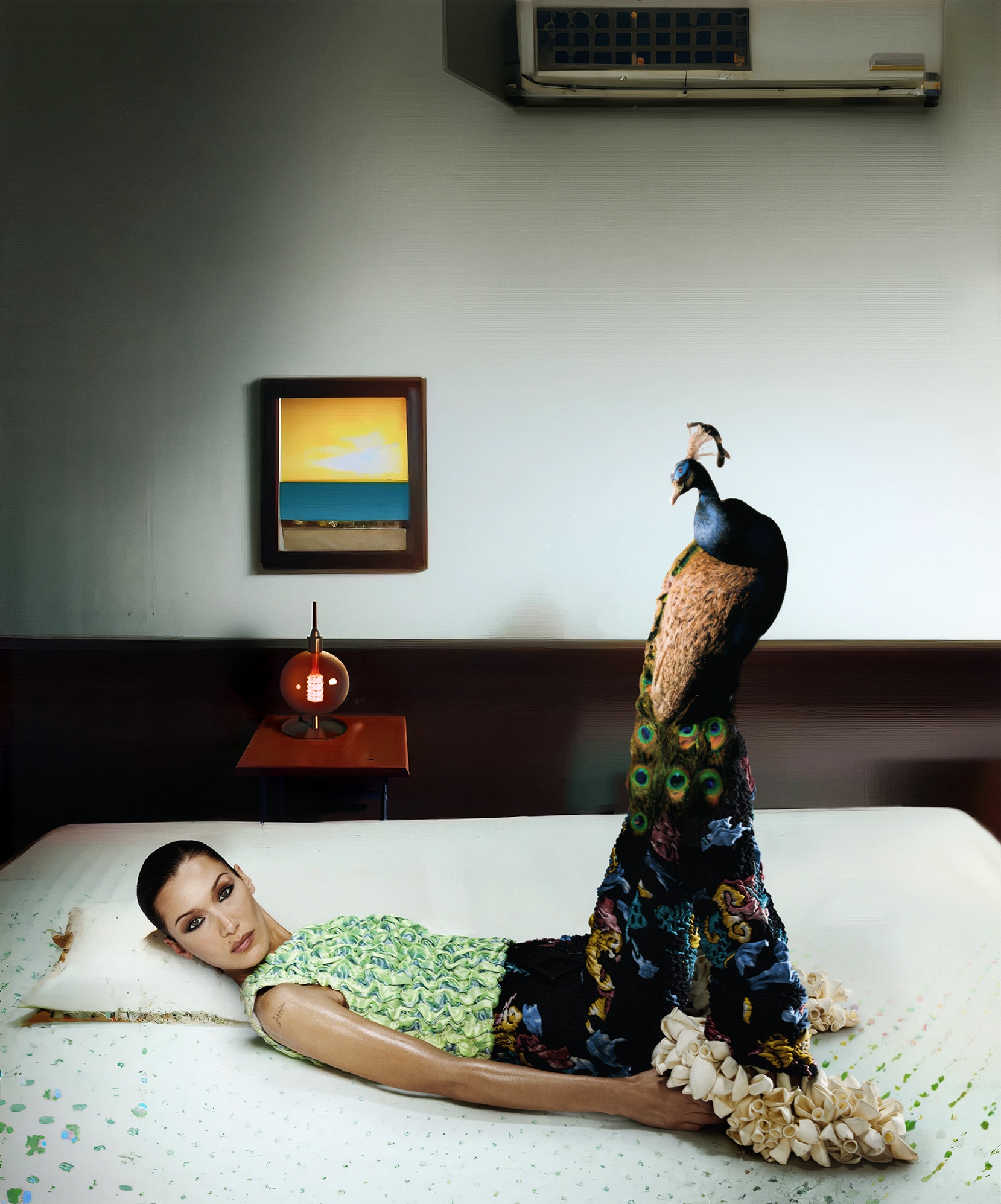
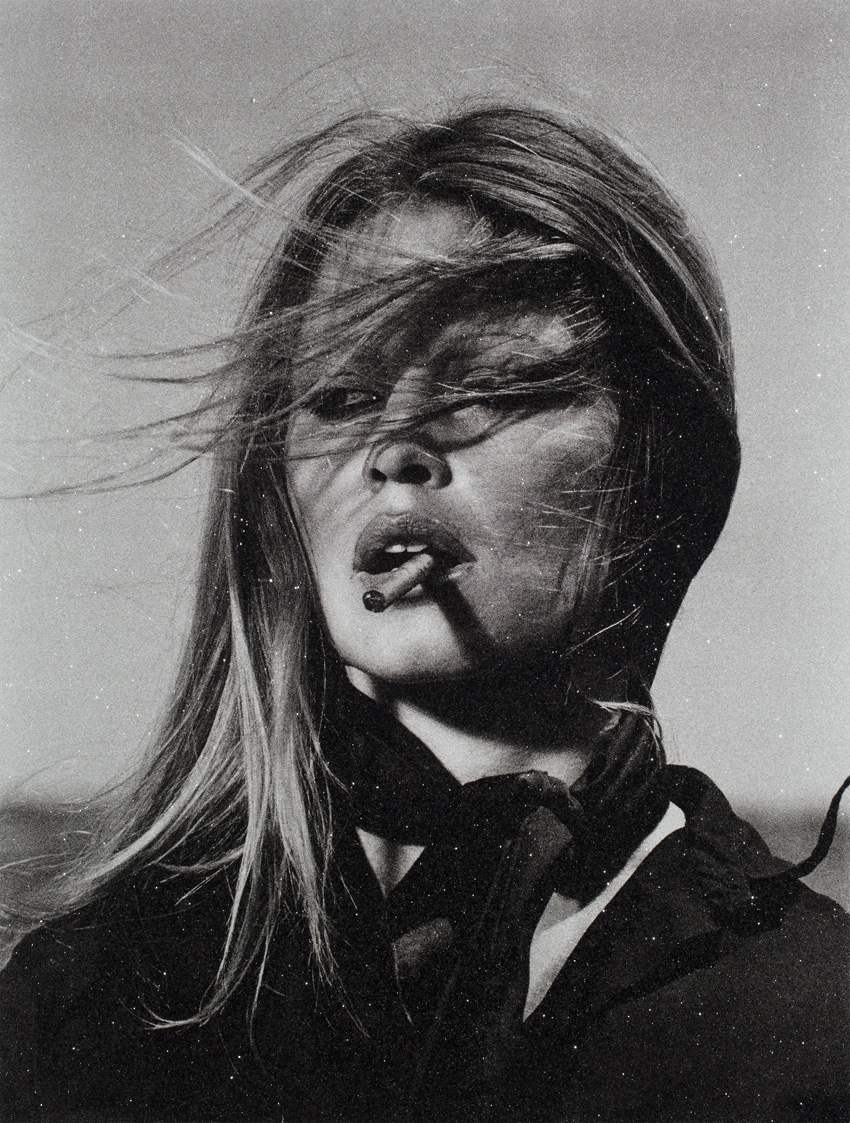


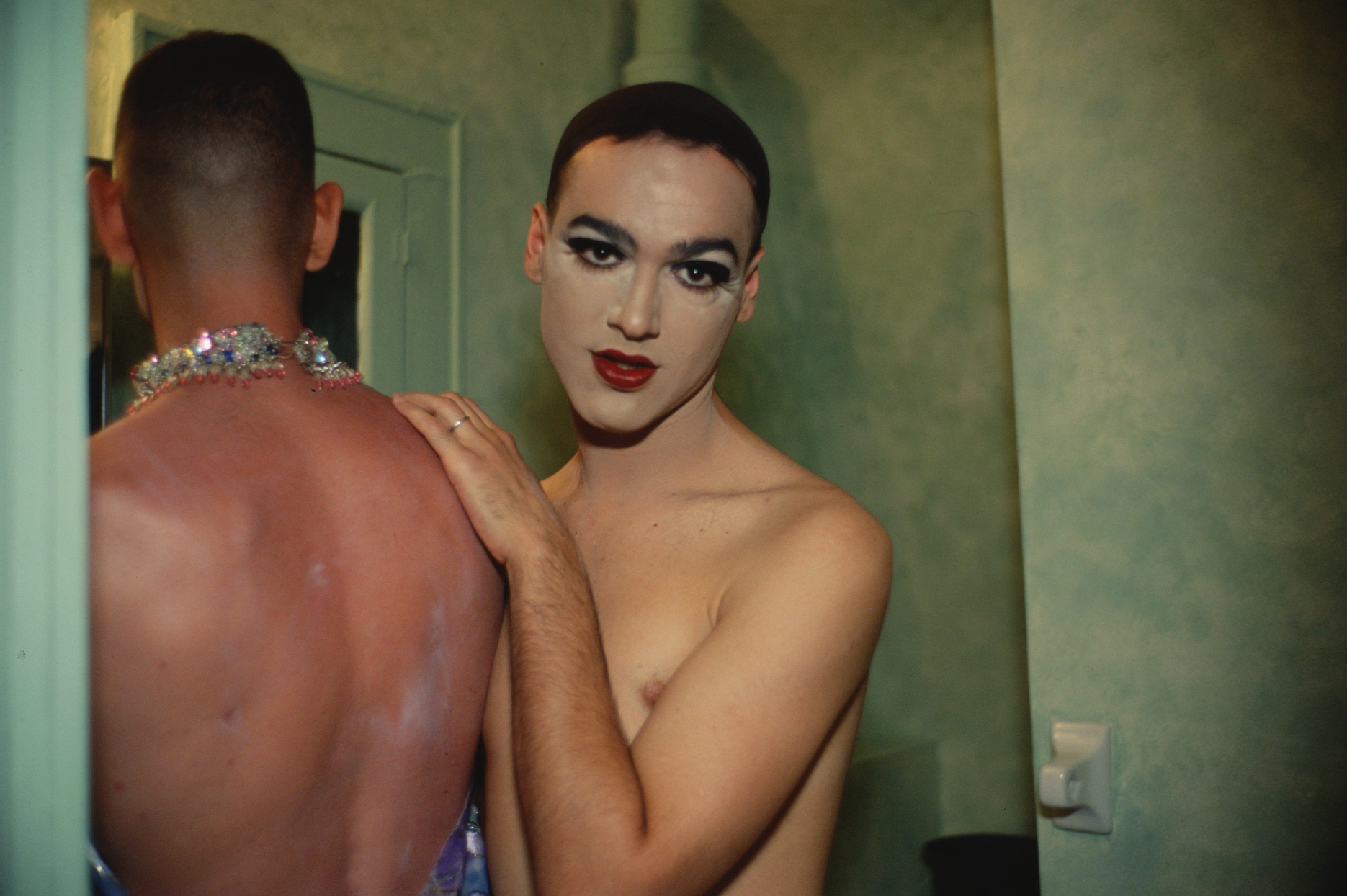




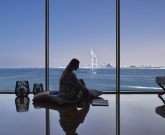
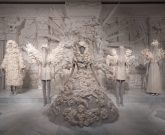
Any Questions or Tips to add?